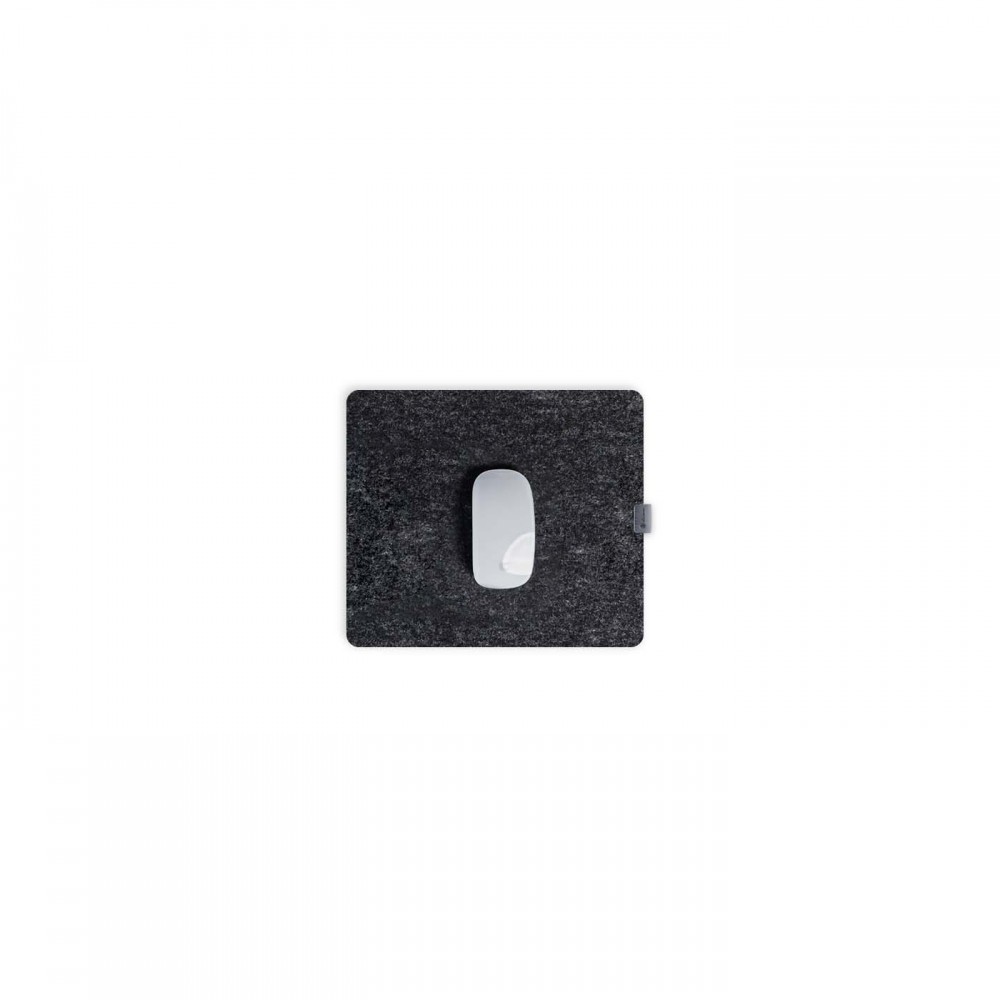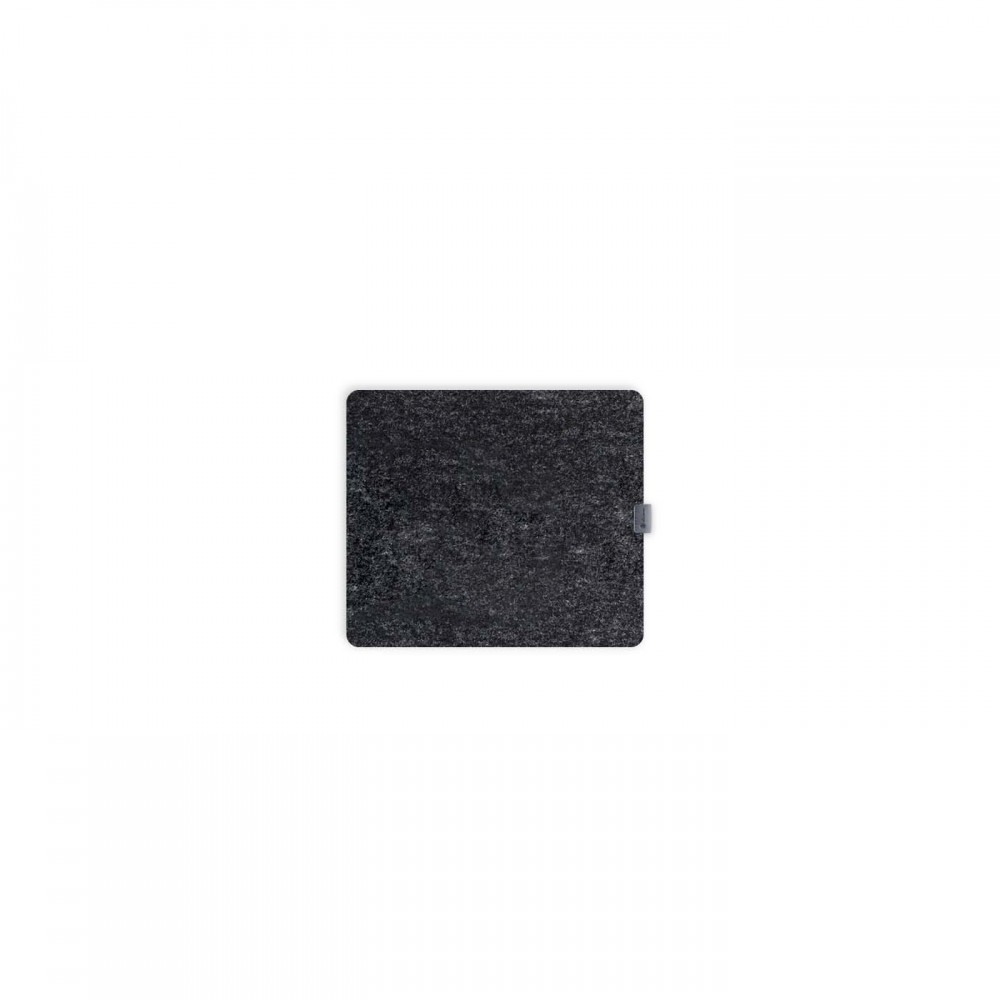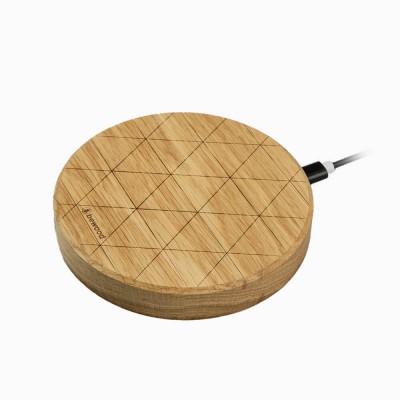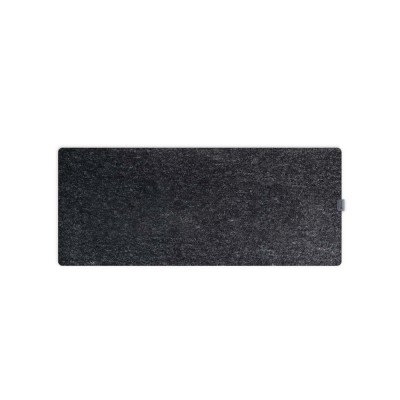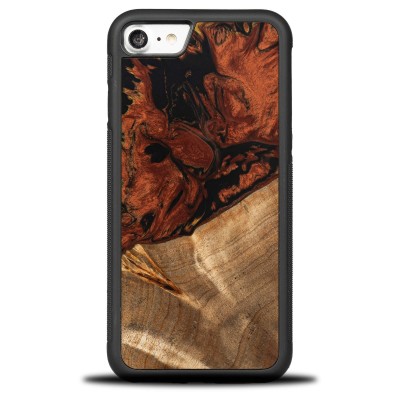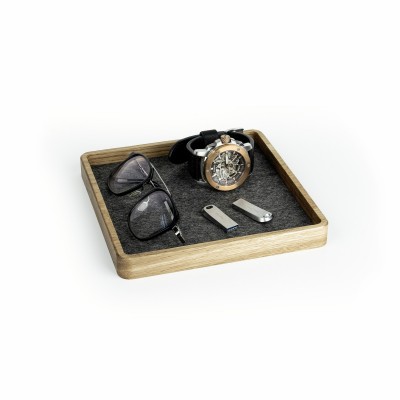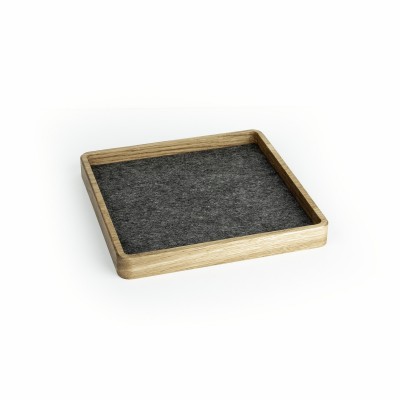Natural merino wool felt.
Our felt is a unique and timeless natural raw material, made of selected sheep's wool of the highest quality. Special preparation of the wool guarantees protection against absorption of water and dust into the surface of the felt. Our felts come in two color versions - light and dark shades of gray. The thickness of the felt we use is 2 cm.
Merino sheep inhabit the mountainous areas of New Zealand. There are extremely harsh weather conditions, which require perfect adaptation to the changing climate. In New Zealand's Southern Alps, temperatures in the summer reach over 40°C, and in winter fall even below -20°C. However, merinos bred in those areas have, in the course of evolution, perfectly adapted to such demanding conditions. These sheep are among the largest and oldest species of sheep in the world. Their wool is constructed in such a way that individuals of this species can survive in such harsh conditions.
Merino wool does not irritate the skin. Its soft and fine fibers, give great comfort when working at the computer. Wool in summer keeps moisture away from the body, and as a breathable material, it effectively cools the body. Therefore, merino wool clothing is an ideal choice for people who prefer mountain hiking. And its high durability also provides excellent protection against mechanical damage. That's why we decided to use this material when designing our felt desk mats.
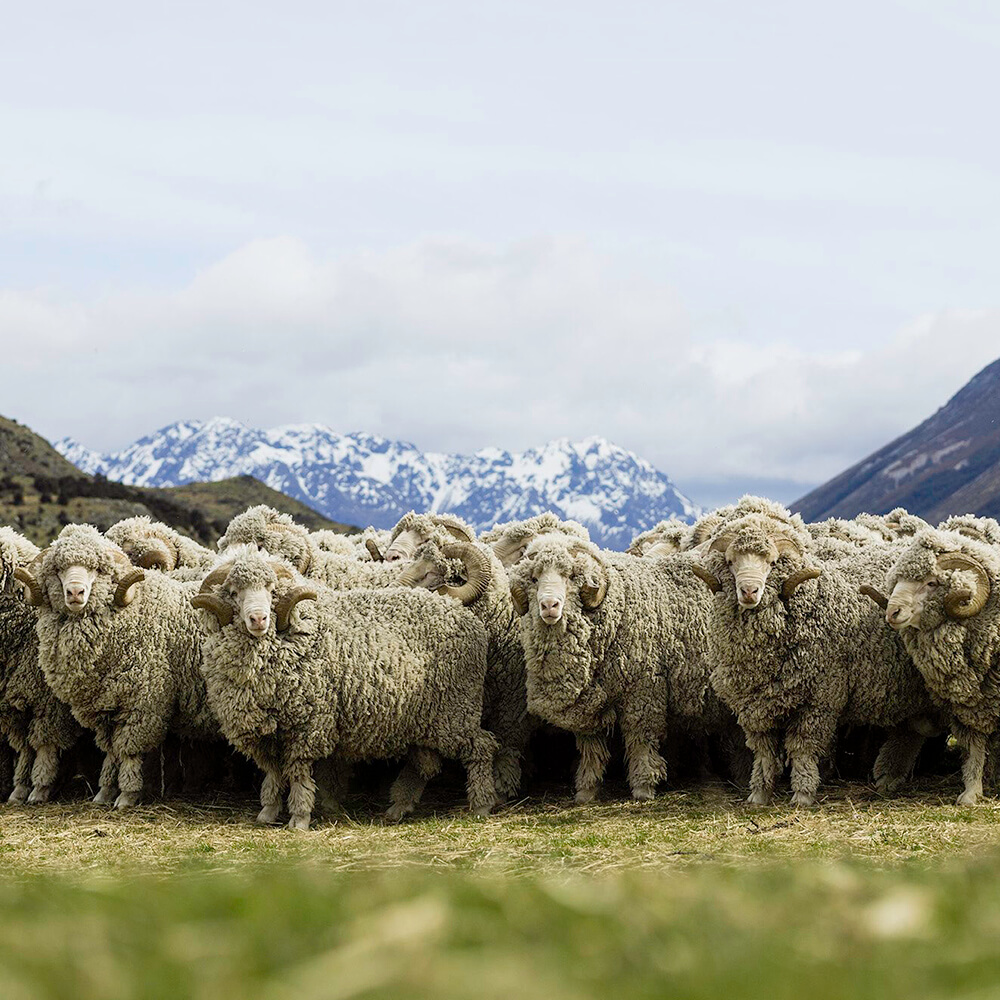
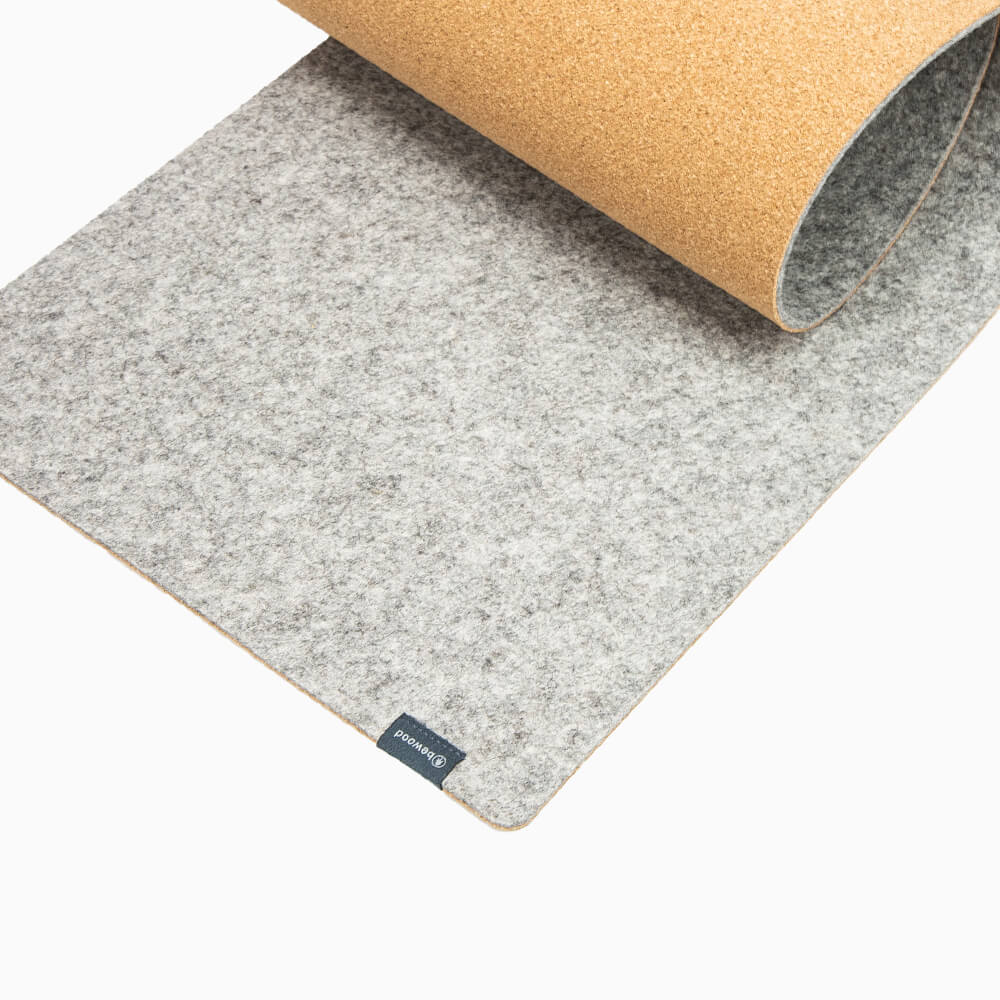
Natural cork.
It is the national treasure of Portugal. Cork is obtained from cork oaks (Quercus suber L.), as only they produce bark of uniform structure. Unlike most oaks, the cork oak is an evergreen tree. On average, cork oaks live about 150 years, although there are also trees several decades older. In Portugal, they bloom from April to June, and sometimes even in August and September. Fully sized cork trees are 9 to 12 meters tall and have trunks 0.9 to 1.2 meters in diameter, but there are many older trees over 2.5 meters in diameter at the base. The cork oak has a large single trunk, which is usually quite short, and at a height of a few meters sprouts horizontally sloping branches that spread further.
Interestingly, not a single tree had to be cut down to produce our felt and cork rootstocks. This is because in the case of the cork oak, the most valuable raw material harvested is not the wood, but the bark, which is stripped from living trees every nine years without any harm to them. The bark of the cork oak grows in two layers. The inner bark is alive and acts as a base on which new outer bark grows each year. As the bark grows each year, its outermost layer ceases to be a living part of the tree. It only serves as insulation to protect the tree from temperature changes. It is this protective outer bark that can be removed without harming the tree.














